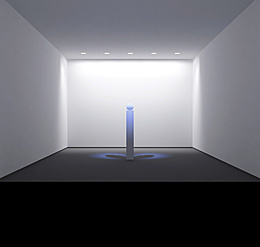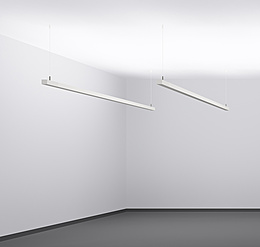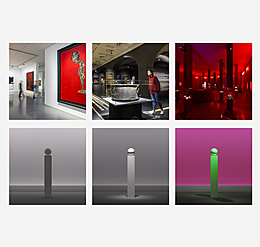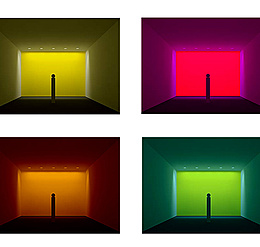Activity needs

The "activity needs" describe the needs resulting from performing activities within a visual environment. The characteristics of the visual task at hand are the crucial factor for these needs. The analysis of the activity needs is therefore largely identical with the criteria for quantitative lighting. There is also considerable agreement for this area when it comes to the objectives of lighting design. The aim is to arrive at a functional lighting that will provide the optimum visual conditions for the activity in question - be it work, leisure activities or simply moving through the space. In contrast to the proponents of quantitative lighting design, Lam objects to a uniform lighting that is simply designed to suit whatever is the most difficult visual task. Instead, he proposes a differentiated analysis of all the visual tasks that arise, an analysis conducted according to location, type and frequency.
















